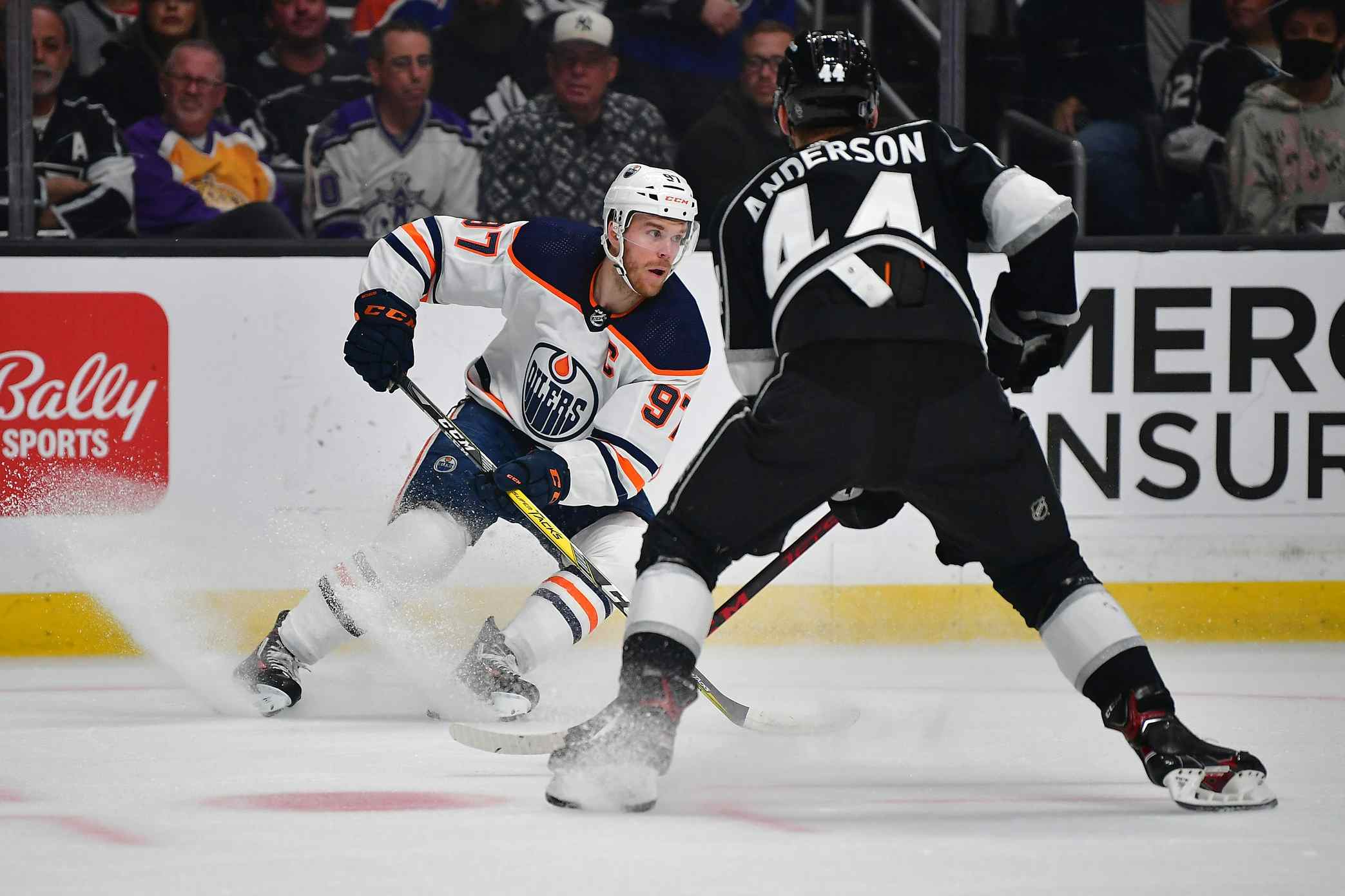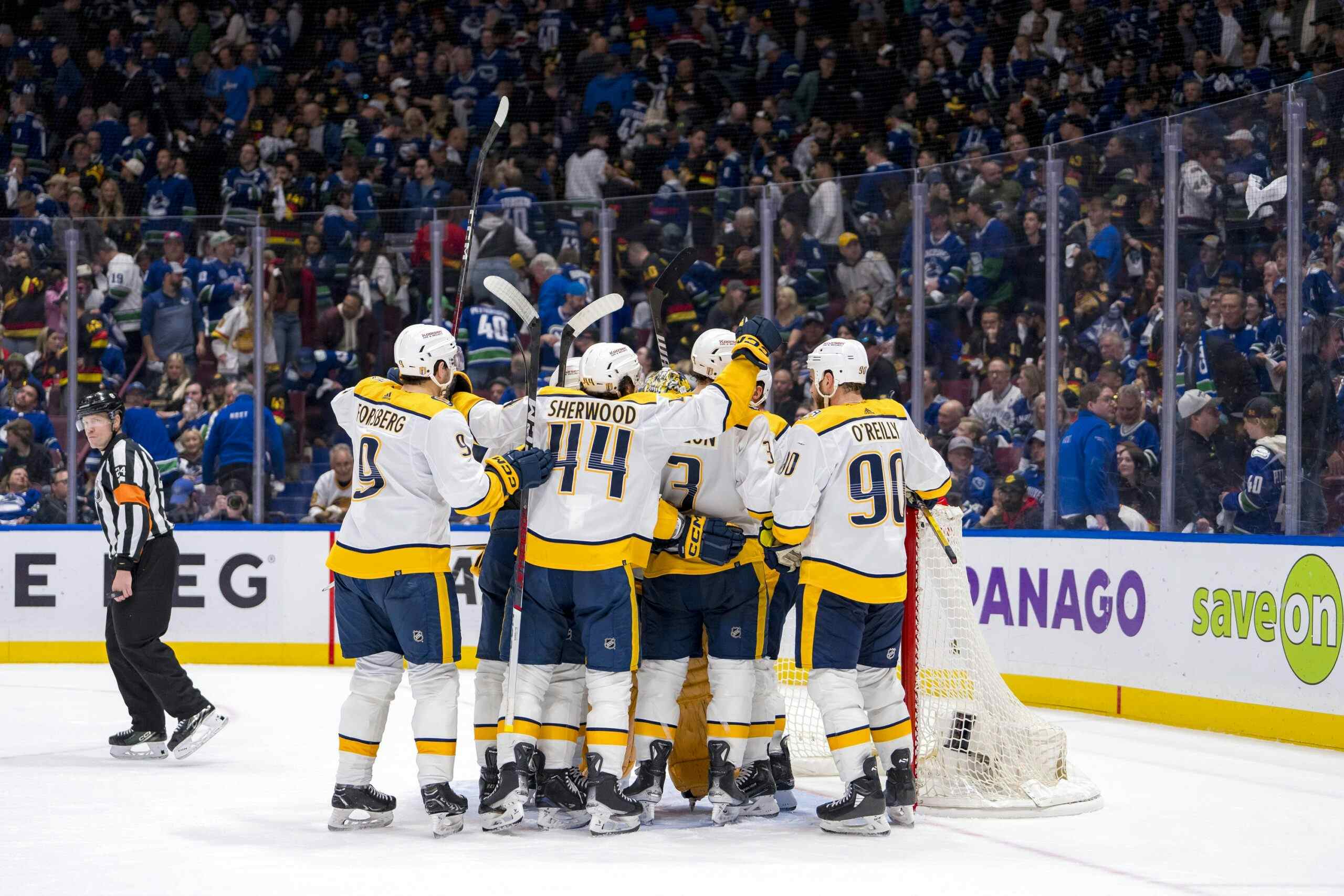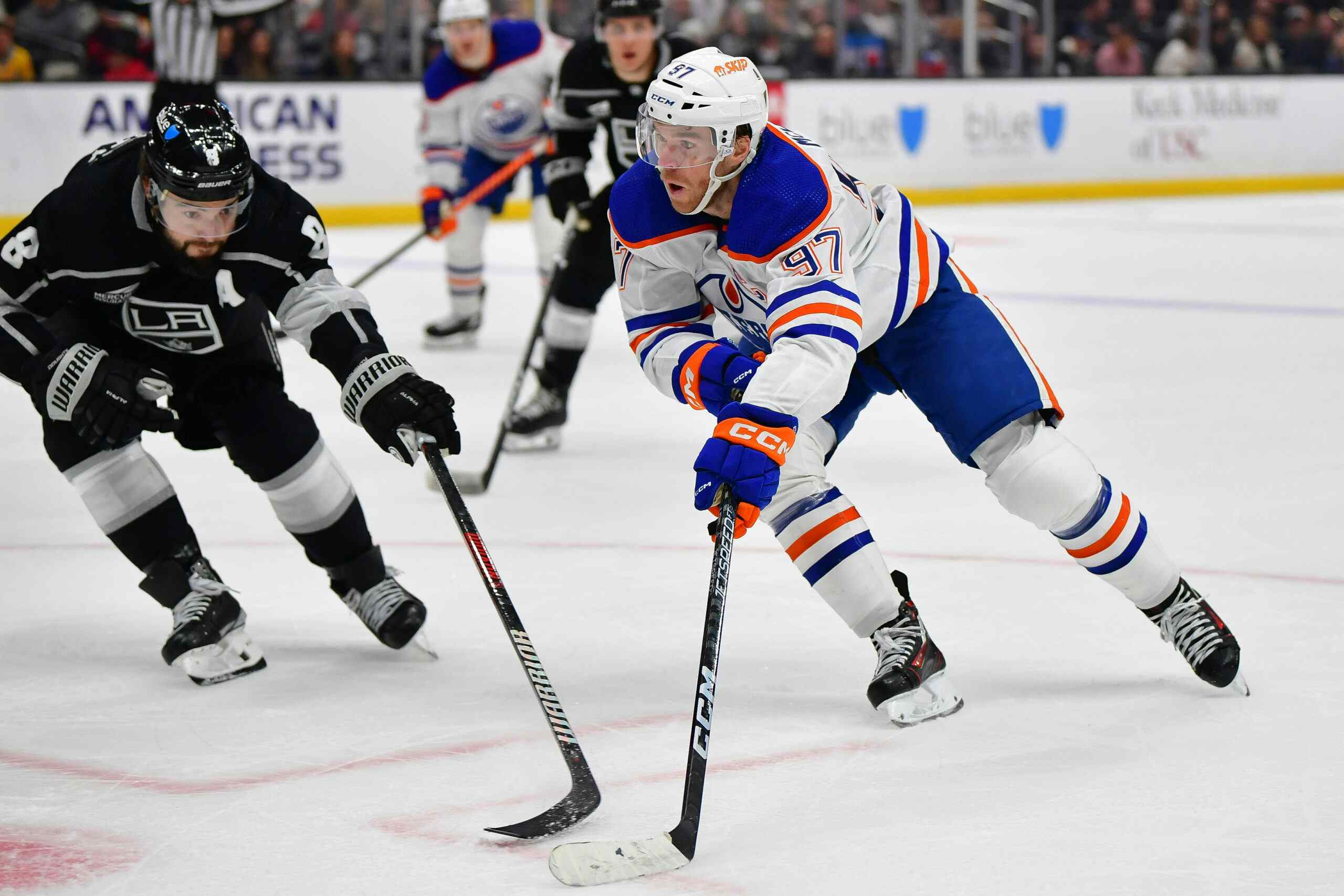Career Probabilities: Tyler Pitlick
What is Tyler Pitlick’s long-term NHL future? Could he be a second-line power forward-type player? Or will he even have an NHL career?
The Concept
First, a brief digression to explain what I am about to do.
When I look at a prospect and ask a question about his future – such as I will do with Pitlick in a moment – I always try to imagine a range of outcomes, and assign probabilities to each. Typically I do this in a subjective way (e.g. “second line forward) but for this exercise I will place definite criteria: games played and points per game.
I am also going to make one other change. Previously, I’ve made my own evaluations of prospects based on my knowledge of similar players. Instead, before evaluating each prospect I’m going to generate a list of comparable players – people who played in similar leagues at a similar age, were drafted in the same range, and had similar career points up to the current season.
How will this new series work? The best way to explain further is probably simply with a test case: in this example, Tyler Pitlick.
Tyler Pitlick
Pitlick is a hard player to nail down. He spent his draft year playing college hockey, than jumped to the WHL, and then jumped to the AHL. Very few players have a similar career curve – looking for comparables, I found no players that had that exact career path (Ottawa’s Jim O’Brien came closest). Instead, I decided to match any player that had a comparable performance in the AHL at the same age and could match one of Pitlick’s two prior seasons.
I was only able to find eight players who fit into my criteria; here’s the list:

Criteria: Drafted between 21st and 41st overall between 1995 and 2007, height greater than 70 inches, broadly similar scoring rates at the same level(s) at the same age.
There’s a distinct flavor to the group. At the top end are guys like Colby Armstrong (two 40-point seasons) and Anthony Stewart; at the bottom end are the Tomas Kurka’s and Travis Brigley’s of the world. Every player on the list eventually played in the NHL, and most of the guys got cameos on other lines but eventually settled into a fourth-line role.
There were probably another two-dozen players who were excluded from the list by my criteria – typically guys who stayed in college or major junior an extra year before graduating to the AHL (Pitlick made the jump at a young age). The results weren’t quite as good for that group, but for the vast majority got some NHL action in a definite role: guy with decent size who can play a bit and adds a little bit of an edge.
The list above – save for Kurka – mostly fits into the same description. Because our list of samples is small, I’m relying a little more on my own judgment and on the list of guys who didn’t quite fit than I would prefer (and will in later pieces). Here is my assessment of his career probabilities:

The best case scenario from the short list is a career similar to Colby Armstrong’s. Because there were so few players on a similar career path to Pitlick, I think I need to add one other best-case scenario, though, from the longer list: James Neal. Neal spent an extra year in major junior, but graduated to the AHL in his Draft+3 season, where he put up mediocre totals. Remarkably, over the next three years he’d score 20+ goals every year at the NHL level, and last season he put away 40 goals for the Pittsburgh Penguins.
Most likely outcome: Big fourth-line guy with a versatile game, similar to Josh Green.
Recently by Jonathan Willis
- Ten points: Would the Oilers have been better off waiting?
- The Oklahoma City Barons: Injuries and call-ups
- Oscar Klefbom may undergo shoulder surgery, miss remainder of season
- Best of the Nation – 11.18.12
- Are the Philadelphia Flyers leading a charge to end the lockout?
- Should the Barons play games in Edmonton?
- Ten points: The Barons, Sergei Makarov and the lockout
Recent articles from Jonathan Willis





